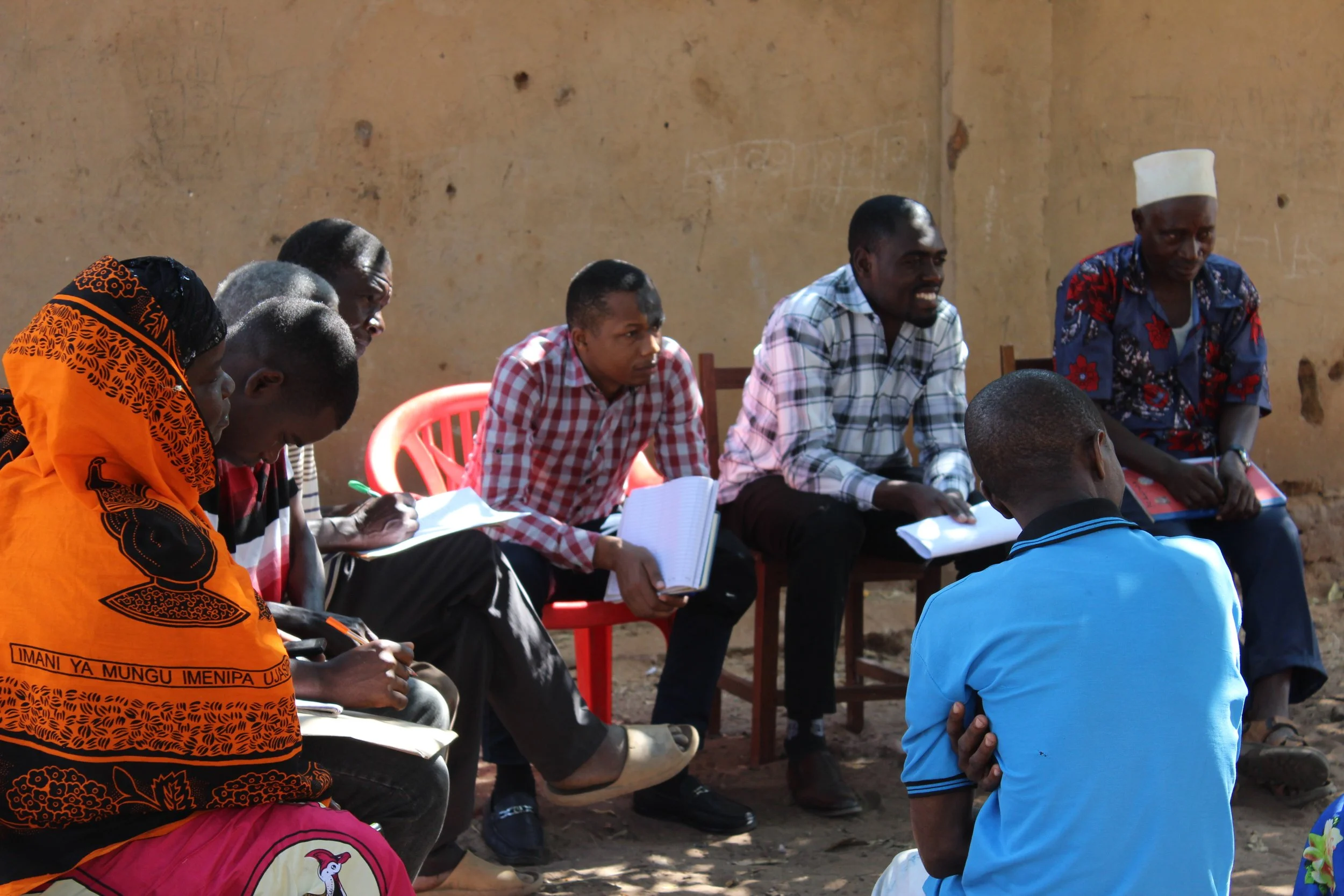
Community Engagement
We work closely with communities and it is core to the WASH+ Model.
Our Community Engagement Approach falls into Four Steps:

1. Identifying Communities With the Greatest Need
Not every village is ready for WASH+. We work with local government, village councils and community leaders to assess which villages would benefit most and which have the interest and commitment to sustain the services.
Needs Assessment
We conduct a Needs Assessment to evaluate water access, sanitation and hygiene conditions.
Local Buy-In
We assess whether the community has buy-in and willingness to engage.
Investment in the Process
We ensure that local leaders are invested in the process because their support is critical to long-term success.
2. Researching the Community to Understand Barriers & Opportunities
Once a village is selected, we do not assume we already know the challenges. Instead, we conduct detailed research to understand daily life, existing beliefs and practical barriers to change.
Household surveys
Help us gather data on water use, sanitation and hygiene practices.
Focus-Group Discussions
With different community members uncover deeper cultural and logistical challenges
Infrastructure Assessments
To map existing water and sanitation systems.
3. Bringing the Community Along the Journey
WASH+ interventions do not succeed when they are imposed on people. They succeed when people see the value in them and take ownership.
Indirect Marketing
We work through trusted local influencers - faith leaders, teachers and respected elders - who help introduce new ideas.
Cultural Nudging
We use cultural nudging techniques, inspired by the World Vision’s successful Empowered World View approach, encouraging communities to see what is possible when they take control of their own development.
Physical Contributions
We ensure that communities contribute to construction and implementation, so that infrastructure is not something “given” to them, but something they have built themselves.
4. Staying Connected: Ongoing Engagement for Long-Term Success
We do not disappear once the infrastructure is in place. Our engagement continues through local representatives and trusted networks, ensuring that communities have ongoing support.
Local Representation
Local representatives remain embedded in the village, keeping communication open.
Monitoring
Real-time monitoring of water usage helps us spot challenges before they become failures.
Feedback Loops
Feedback loops allow us to refine and improve how we work, based on real experiences from the field.









